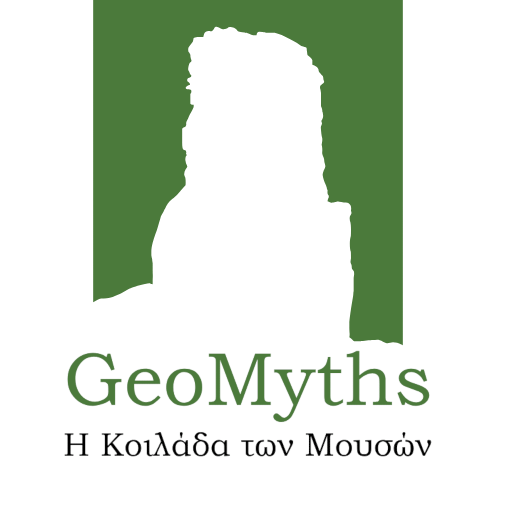Episkopi
In the present location known as Episkopi, there are ruins of ancient buildings scattered in the fields. These ruins stand out for their strong masonry, in the construction of which plenty of ancient material has been used. Fragments of horns are found very sparsely in the joints.
The vaulted building was probably part of the ruined bishopric, on the walls of which large crosses have been placed as decoration.
Fragments of marble members, fragments of vases, lamps, amphora handles and other materials, which are found in abundance in the fields, indicate that there are important buildings of the Early Christian and mainly Byzantine period beneath this area.
According to the minutes of the Ecumenical Councils, the area of Thespia is considered to be one of the ten bishoprics that existed in the whole of Greece in 320 AD. However, it was probably the population growth of Ascra and the great spread of Christianity in the region that forced the functioning of the Bishopric of the province of Thespia, in the Valley of the Muses. In the year 458 the Bishop of Thespia was Roufinus. This is also the place of the Catholic diocese of Zarathovia.
The traveller Leake who passed through our region in 1807 recorded his impressions as follows: "here from the left bank of this torrent, a good spring of water constantly flows out, which, from the numerous squared rocks around it, seems to have enjoyed from ancient times a distinct reputation. On one of the rocks are letters in large and well-formed characters. The fields around are strewn with rocks and ruins of dwellings, among which are two or three small ruined churches."
From the natural flow of these springs mentioned by the traveller, the Ascra was also watered until 2000. Today, these waters are used for watering fields. Farmers pass through here every day for their farms, visitors for the antiquities, nature lovers for the Haliki site, climbers for Hippocrene, Olmios, Koursara and many others!








 Your session has timed out for security reasons.
Your session has timed out for security reasons.